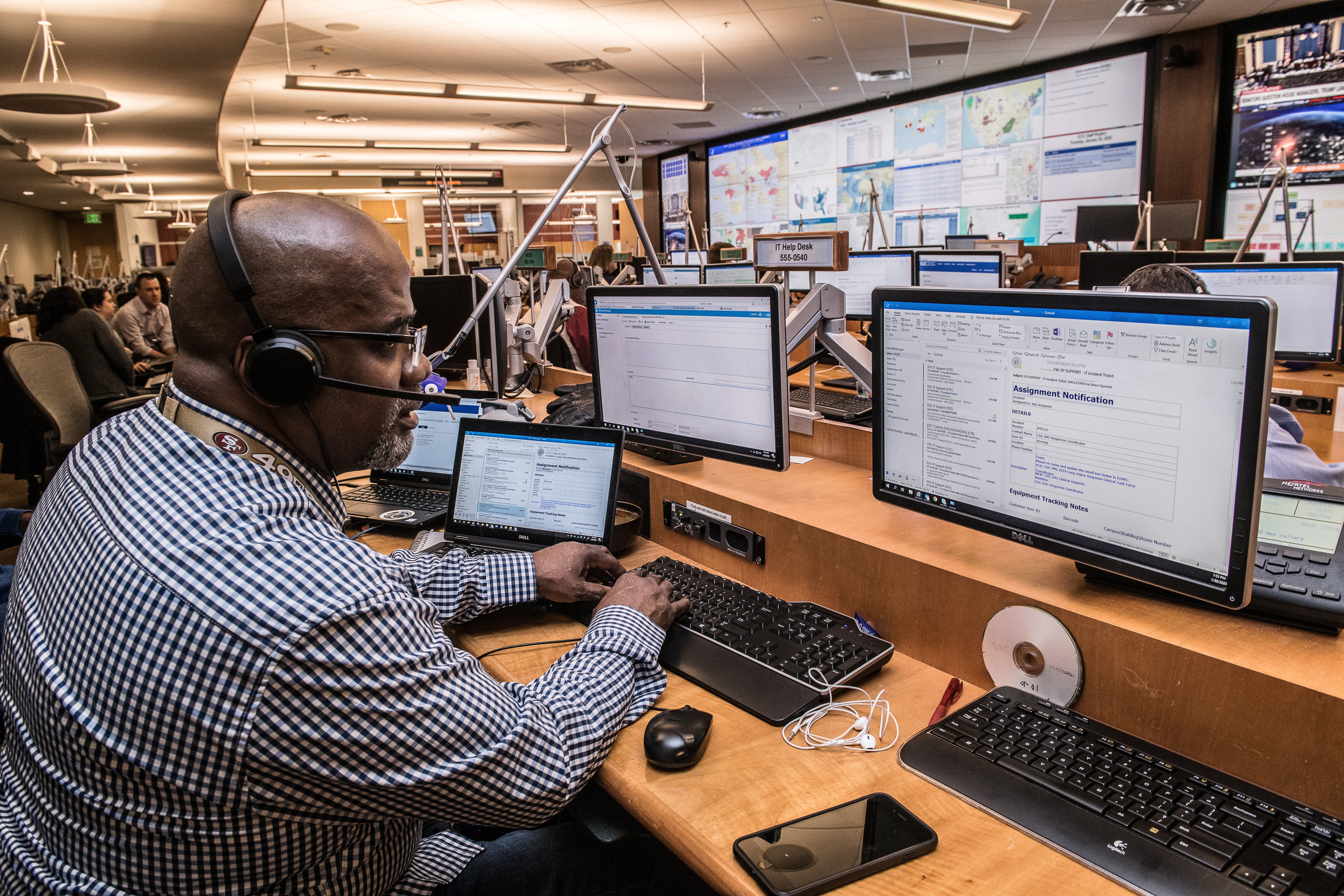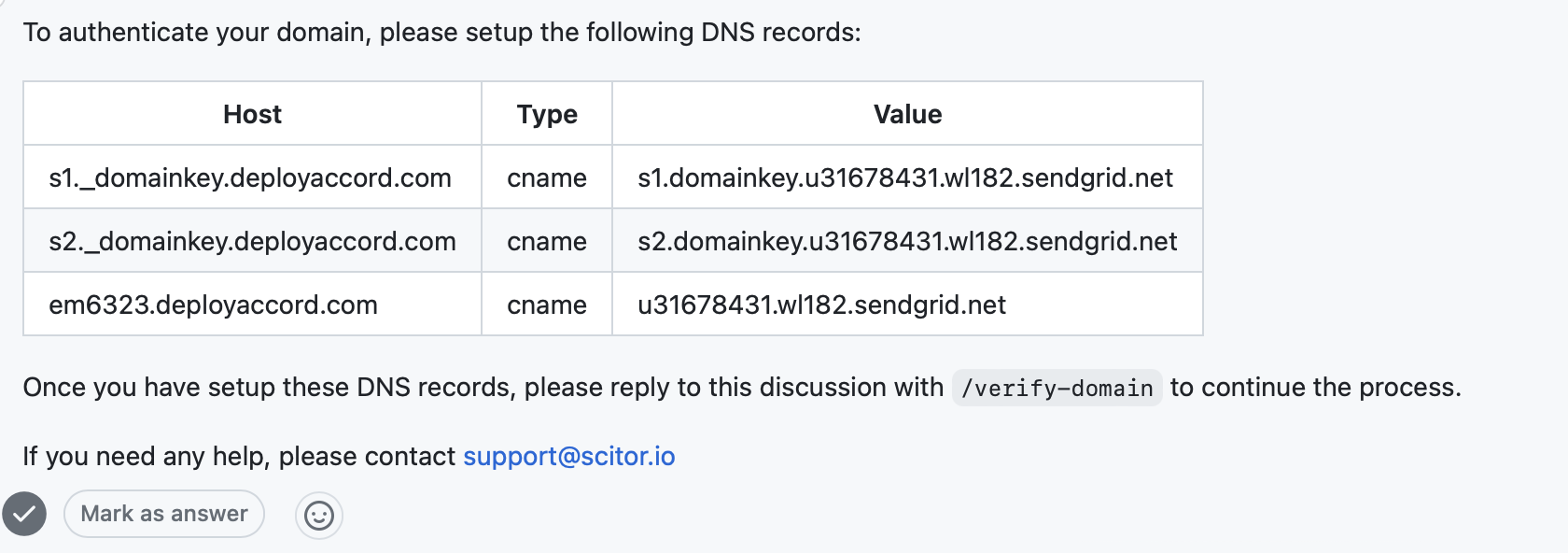A Practical Approach to Hiring Great Full-Stack Engineers
Hiring great software developers is always challenging, but the stakes are even higher when building small, versatile teams. Recently, I conducted a series of interviews for a client looking to expand their team by adding two full-stack engineers. The team setup required individuals who could work across the entire application lifecycle—designing, building, deploying, and monitoring systems—without being restricted to just frontend, backend, or DevOps.
It’s no secret that finding true “full-stack” engineers is difficult. Most developers lean towards one area—be it backend, frontend, cloud, or pipelines—and that’s okay. But in this case, the organization needed engineers who understood the big picture. They had to be able to contribute meaningfully across the board in a small team setup, where there’s no room to say, “That’s someone else’s job.”
The Process: Lengthy, But Effective
For this reason, we committed to lengthy interviews, typically lasting 1.5 to 2 hours. It’s time-consuming, both for the candidates and for us, but it allowed us to truly assess whether someone could fit the team’s needs.
The interview structure was straightforward:
- Introductions: We started with casual conversation—interests, hobbies, passions—to get a sense of the candidate as a person. This also helped build rapport and gave us an early impression of their communication skills.
- Problem Discussion: I presented a simple but open-ended problem: designing an API to serve products. The task wasn’t about writing code; it was about having a meaningful conversation.
The Flow: From Idea to Production
The exercise mimicked how the team worked internally: starting with a vague business problem and analyzing it to build a working system. The candidate’s job was to walk through each stage of the process with me, while I m drawing on a whiteboard:
- Understanding the Problem: Did they ask the right questions to clarify the requirements and constraints?
- API Design: Could they explain HTTP verbs, REST principles, and how to handle authentication (e.g., what a JWT is and why it’s secure)?
- Coding: How would they implement this API? What language, framework, or libraries would they use? How would they structure the code and how to ensure quality? Did they consider testing and if so, what kind?
- Database Considerations: Did they think about indexes or the implications of their schema design?
- Production Readiness: How would they host the API? Did they mention pipelines, monitoring, or scalability? And how to get the code from their machine to production?
The goal wasn’t to see how many buzzwords they could throw out or whether they knew every detail of every tool. Instead, we focused on their reasoning, communication, and ability to problem-solve collaboratively.
The Results: The Good, the Bad, and the Lessons Learned
Out of all the interviews, we only passed three candidates to the next round. Here’s what set them apart:
- They Could Have a Conversation: These candidates were curious, asked great questions, and actively participated in the discussion. Even when they didn’t know everything, they admitted it honestly and showed an understanding of the broader picture. For example, they recognized the need for hosting, securing, and monitoring the API—even if they weren’t experts in every tool.
- They Thought Beyond the Immediate Problem: One standout candidate designed the system with cost optimization and scalability in mind, leveraging PaaS solutions to keep it efficient. This kind of forward-thinking demonstrated a level of maturity and ownership we rarely see.
- They Showed Accountability: In small teams, everyone needs to pitch in across the lifecycle. These candidates understood the importance of being able to handle a variety of tasks. By contrast, many other candidates relied too heavily on the idea of separate teams handling pipelines, quality control, or rollouts.
Unfortunately, we also encountered several candidates with impressive CVs who struggled to articulate their understanding of the concepts they claimed to know. Some couldn’t design any part of the system or explain the reasoning behind their choices. Others had limited exposure to the end-to-end development lifecycle because they worked in large organizations where tasks were heavily siloed.
The Takeaway: Real Conversations Trump CVs
While resumes and buzzwords can get candidates through the door, they rarely tell the full story. A collaborative, problem-solving interview process, though exhausting, gave us the confidence to hire engineers who could truly add value to the team.
For the candidates, the process also served as a preview of the company’s expectations. By focusing on real-world problems and reasoning, we ensured alignment between the team’s needs and the candidate’s strengths.
Ultimately, hiring isn’t just about filling a role—it’s about finding the right person who can thrive in the unique environment of your organization.





Leave a comment